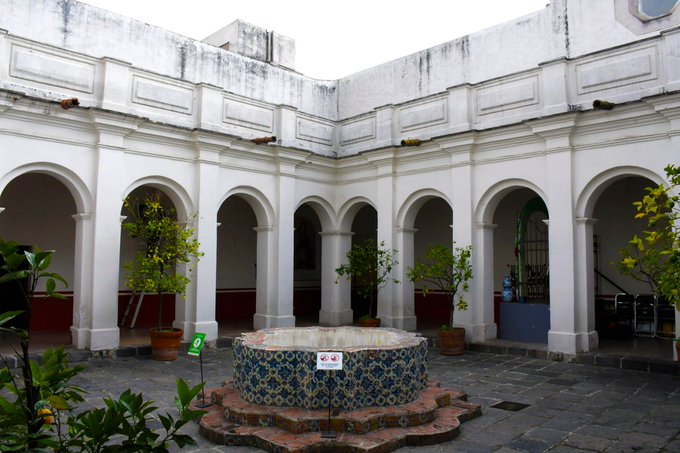


Museo de el Carmen was founded in 1938. It reopened as a museum in the well-preserved 17th-century grounds of the El Carmen monastery and college. The artistic value of exhibitions are notable. The museum collection includes some of the best examples of Sacred Art. This includes Baroque altarpieces in the chapels, reliquaries, crypts, sculptures, paintings, and even the mummified bodies of some of the Carmelite friars.
The El Carmen Monastery College, originally for the Discalced Carmelites, provided for an entirely hermetic life and seclusion from the society. The temple was dedicated to the Catholic saint, San Ángel Martir, for which the one-time town and the neighborhood of today were named.
Fray Andres de San Miguel, a friar member of the order, was well-experienced in construction. He took charge of the design and building of the project and construction began in 1615. In accordance with the order’s belief in austerity, decoration was simple. But visitors today are astounded at the sheer beauty of the site.
Visits to Museo de el Carmen are easy from Metro Barranca del Muerto, or from the Metrobús station, La Bombilla. Some will want to take advantage of the walk through the beautiful Chimalistac neighborhood when arriving from Metro Miguel Ángel de Quevedo. It’s a great way to begin a visit to many of the other sites in San Ángel.
 elcarmendifusion@gmail.com
elcarmendifusion@gmail.com
 +52 (55) 5616 1177
+52 (55) 5616 1177

Nearest at 0.09 kms.

Nearest at 0.11 kms.
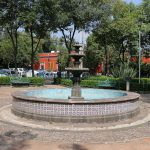
Nearest at 0.13 kms.
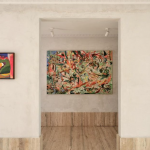
A newly created space for an outstanding collection of postwar abstract works by women artists . . .
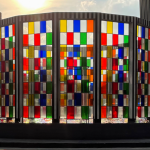
An impressive contemporary art museum in an inspiring context . . .
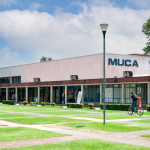
One of the UNAM's best loved and most central art museums . . .

The National Art Museum in Mexico City's Centro Histórico is always going to be a holiday highlight.
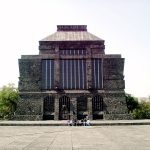
Initially intended as but one part of a City of the Arts, today's Anahuacalli Museum is a far more contemporary space than you might imagine.